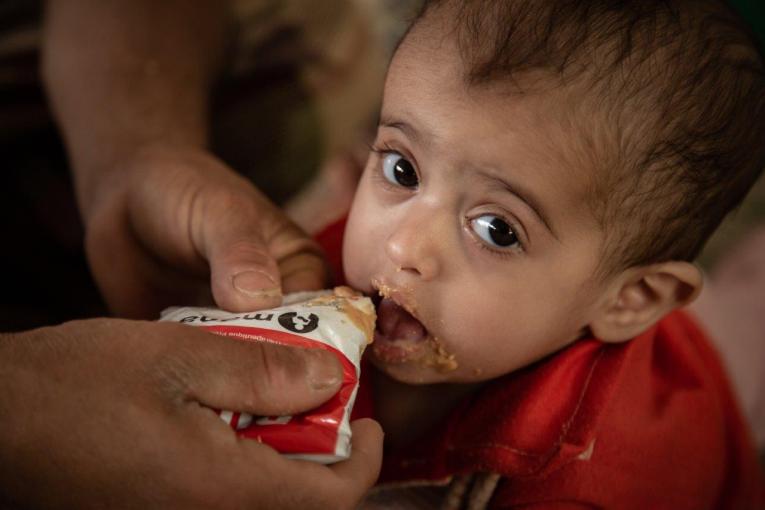Six weeks into the war in Ukraine, expected to worsen the nutrition status of children in North Africa and the Middle East.
“With ongoing conflict, political instability, the COVID-19 Pandemic and war in Ukraine, the region is witnessing unprecedented hikes in food prices couples with low purchasing power. The number of malnutrition children is likely to drastically increase,” said Adele Khodr, United Nation Children’s Fund (UNICEF) Regional Director for Middle East and North Africa (MENA).
Generally, hunger crisis or food insecurity occurs as a consequence of conflict, war, poverty, economic shocks, or climate change, depending on the region. Therefore, it depends upon the complex interplay of social, economic, political, and ecological factors.
Six weeks into the war in #Ukraine, the fragile nutritional status of children in the Middle East and North Africa is expected to worsen.
This is why. 👇https://t.co/ko3DQfZOWU
— UNICEF (@UNICEF) April 7, 2022
According to the current President of United Nation’s International Fund for Agricultural Development, Gilbert Houngbo, “conflict and hunger are closely intertwined-when one escalates, the other one usually follows.”
Is the Ukraine war having a ripple effect on food security?
- Ukraine and Russia are two prominent global suppliers of wheat, fertilizers, and other essential commodities. Therefore, disruption of such supply chain is adversely affecting the developing countries, which are still struggling to cope with COVID-19 and climate change.
- Fluctuation, thus, begins a cyclic process that leads to soaring prices of essential commodities, burdening vulnerable groups with never-ending debt, low productivity, and hindering global food supply.
- In the MENA region, where production is insufficient to meet the demand, inflation can result in restricted trade and worsen the hunger crisis.
- Rising fuel prices and disrupted supply of agricultural inputs like fertilizers will disproportionately affect the small- scale producer/ farmer, as their cost of production will increase tremendously.
Thus, in the globalized world, conflict in one region is bound to affect the rest of the world.
Why has the Middle East and North Africa (MENA) region been most affected by the Ukraine War?
According to UNICEF, the region is already dealing with high rates of undernutrition and micronutrient deficiencies, which is why one out of five children is stunted or suffering from wasting – both of which is linked to the lack of food.
If we examine the region-specific data, as mentioned by UNICEF, then-
- In Yemen, around 45 percent of children are stunted, and over 86 percent are anemic.
- It is estimated that 94 percent of young children do not receive an adequate diet, which is essential for their growth. A further 40% of women are suffering from anemia, in Lebanon
- Only one in four Syrian children receives a healthy diet.
Preventive efforts
In collaboration with partners, UNICEF provides preventive nutrition services which include micronutrient supplements and growth monitoring, as well as breastfeeding and complementary feeding counselling.
“We stand ready to facilitate the revamping of the nutrition response in the region to further strengthen the links with agriculture, social protection, education, and water and sanitation sectors to reach more children in need,” said Ms. Khodr.

